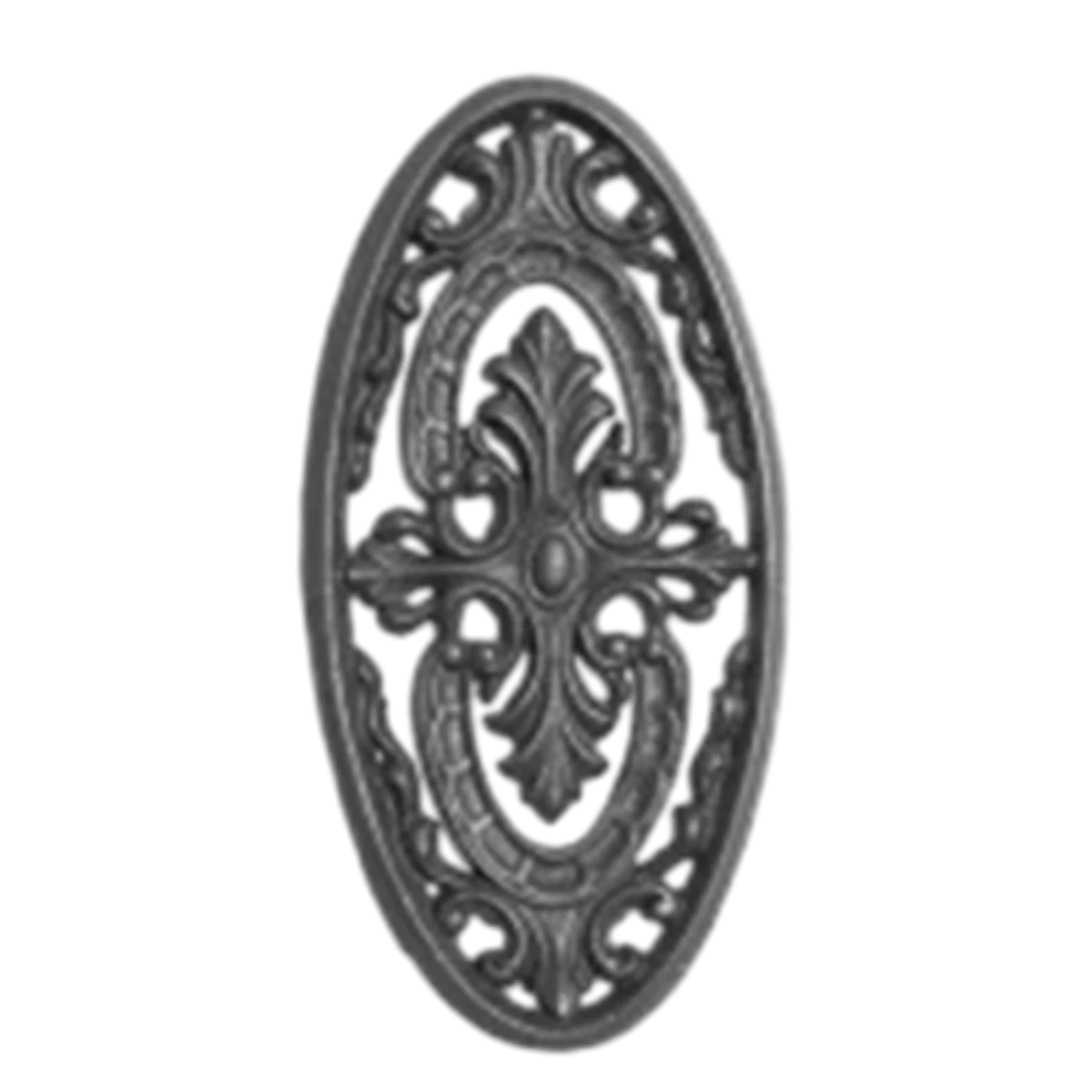How to Modify Sliding Door Wheels for Better Performance and Smooth Operation
Adjusting Sliding Door Wheels A Comprehensive Guide
Sliding doors are a popular choice for both residential and commercial spaces, offering easy access and maximizing natural light. However, over time, the wheels that allow the doors to glide smoothly can wear out or become misaligned, leading to frustration when opening or closing them. Adjusting sliding door wheels is an essential skill that can enhance the functionality and longevity of your doors. In this article, we’ll explore how to effectively adjust sliding door wheels, ensuring a smooth operation and extending the life of your sliding doors.
Understanding the Components
Before we delve into the adjustment process, it's important to understand the basic components of a sliding door. The main parts involved in the sliding mechanism are the door itself, the track on which it slides, and the wheels that are attached to the bottom edge of the door. These wheels fit into the track and allow the door to move back and forth. If the wheels are damaged, misaligned, or worn out, it can cause the door to stick, wobble, or become difficult to operate.
Identifying the Problems
The first step in adjusting the sliding door wheels is to identify the specific issue. Common symptoms of misalignment or wear include
- Sticking or Jamming The door does not slide freely and may stop intermittently. - Creaking or Grinding Noises You may hear noises when the door is in motion, indicating that the wheels might be dry or misaligned. - Unbalanced Movement The door may tilt or slide unevenly, suggesting that one wheel is higher or lower than the other.
Tools Required
To adjust the sliding door wheels, you’ll need a few basic tools
- A screwdriver (typically a flathead or Phillips) - A wrench or pliers (if adjustments require loosening bolts) - A level (to check for alignment) - Some lubricant (like silicone spray or a similar product)
Step-by-Step Adjustment Process
adjusting sliding door wheels

1. Remove the Door Begin by removing the sliding door from its track. Lift the door slightly and carefully pull the bottom away from the frame. It’s often easier to do this with another person assisting you.
2. Inspect the Wheels Once the door is removed, inspect the wheels for damage. Look for any cracks, chips, or significant wear. If the wheels are worn out, consider replacing them.
3. Clean the Track Take this opportunity to clean the track where the door slides. Remove any debris, dust, or obstructions that might hinder the door's movement.
4. Adjust the Wheel Height Most sliding doors have adjustable wheels. Use a screwdriver to turn the adjustment screws usually located at the bottom of the door. Turning the screw clockwise typically raises the wheel, while turning it counterclockwise lowers it. Make small adjustments, checking the door's levels as you go.
5. Lubricate the Wheels Apply a lubricant to the wheels to ensure smooth movement. Avoid using heavy oils, as these can attract dirt and grime. Silicone-based lubricants are often preferred for sliding doors.
6. Reinstall the Door After adjusting and lubricating the wheels, carefully lift the door back into the track. Make sure that both wheels are seated properly in the track.
7. Test the Operation Slide the door back and forth to test its operation. Ensure that it moves smoothly without sticking or wobbling. If necessary, make further adjustments to the wheel height until you achieve the desired movement.
8. Final Checks Once the door is operating smoothly, do a final inspection to ensure the screws are tight and the door is properly aligned in the frame.
Conclusion
Adjusting sliding door wheels is a straightforward task that can significantly improve the functionality of your doors. By understanding the basic components and following a systematic approach, you can ensure that your sliding doors remain easy to operate and aesthetically pleasing. Regular maintenance, including cleaning and lubrication, will extend the life of your sliding doors and keep them in optimal condition for years to come. Whether you're dealing with residential patio doors or commercial glass sliders, a little attention to the wheels can make a world of difference in door performance.
-
Wrought Iron Components: Timeless Elegance and Structural StrengthNewsJul.28,2025
-
Window Hardware Essentials: Rollers, Handles, and Locking SolutionsNewsJul.28,2025
-
Small Agricultural Processing Machines: Corn Threshers, Cassava Chippers, Grain Peelers & Chaff CuttersNewsJul.28,2025
-
Sliding Rollers: Smooth, Silent, and Built to LastNewsJul.28,2025
-
Cast Iron Stoves: Timeless Heating with Modern EfficiencyNewsJul.28,2025
-
Cast Iron Pipe and Fitting: Durable, Fire-Resistant Solutions for Plumbing and DrainageNewsJul.28,2025
-
 Wrought Iron Components: Timeless Elegance and Structural StrengthJul-28-2025Wrought Iron Components: Timeless Elegance and Structural Strength
Wrought Iron Components: Timeless Elegance and Structural StrengthJul-28-2025Wrought Iron Components: Timeless Elegance and Structural Strength -
 Window Hardware Essentials: Rollers, Handles, and Locking SolutionsJul-28-2025Window Hardware Essentials: Rollers, Handles, and Locking Solutions
Window Hardware Essentials: Rollers, Handles, and Locking SolutionsJul-28-2025Window Hardware Essentials: Rollers, Handles, and Locking Solutions -
 Small Agricultural Processing Machines: Corn Threshers, Cassava Chippers, Grain Peelers & Chaff CuttersJul-28-2025Small Agricultural Processing Machines: Corn Threshers, Cassava Chippers, Grain Peelers & Chaff Cutters
Small Agricultural Processing Machines: Corn Threshers, Cassava Chippers, Grain Peelers & Chaff CuttersJul-28-2025Small Agricultural Processing Machines: Corn Threshers, Cassava Chippers, Grain Peelers & Chaff Cutters












